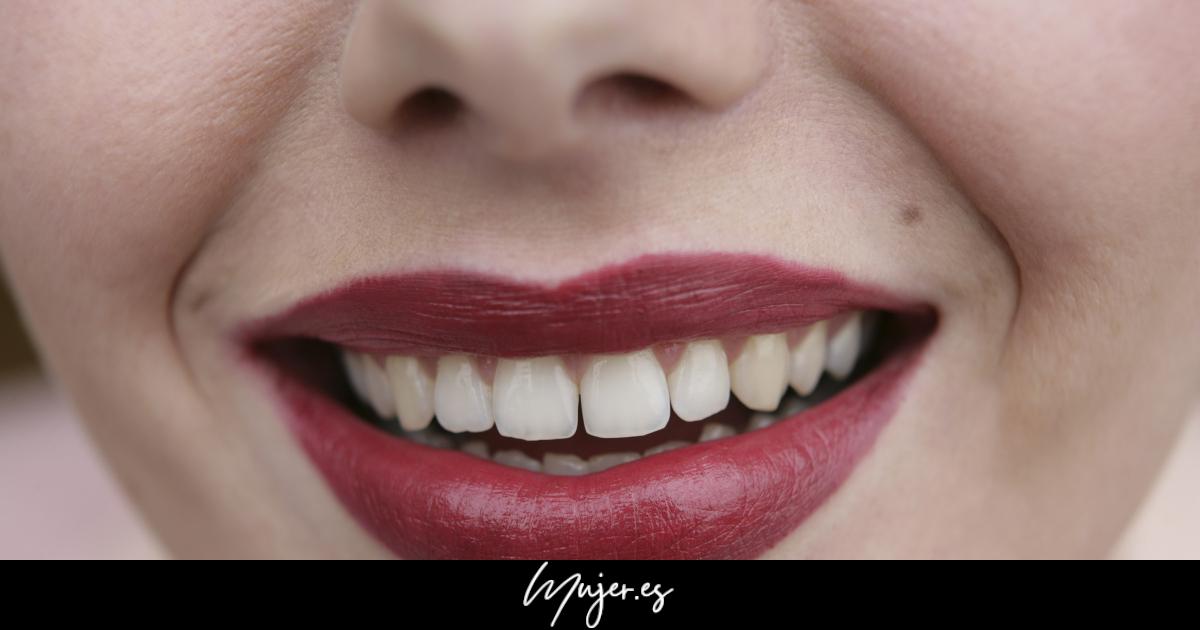[ad_1]
our smile is ours presentation letter. Therefore, we must take care of her and the white teeth are the main protagonists. An adequate and slow cleaning a minimum of 3 times a day, as well as the use of dental floss (especially at night) is crucial to achieve good results. But do your teeth, despite this, soon turn yellow after whitening? How to keep them always spotless?
Be careful with the coffee, it stains!
According to the Government of Spain, coffee consumption has been growing in recent years. This caffeine-rich drink is sure to be part of your routine for breakfast, after lunch, and any breaks you have during the day. However, it is one of those responsible for the fact that your teeth, no matter how well cleaned you have, present that unpleasant yellowish tone. This is because it is a extrinsic dye.
What does this mean? That your teeth are stained due to a substance that you consume and that pigments. Coffee is one of those great enemies of white teeth and, to prevent its consequences, it is recommended mouth rinse after consumption or brush them, if possible, after a few minutes so as not to damage the enamel. While it won’t be able to protect you 100% from that yellow color, it does help.

Red wine stains your teeth yellow
If you enjoy a good glass of red wine, perhaps when you go to the bathroom to touch up your makeup or simply freshen up you have observed yourself in the mirror and discovered your stained lips. Well, the same thing happens with your teeth, although you may not appreciate it well at first. But, over time, these will begin to become less white, giving way to that yellowish color that will affect your smile.
Would it be advisable to always choose White wine? The truth is that it is normally taken as an option, but the result is the same. White wine also causes stains on the teeth because it is not its color that matters, but the high degree of acidity it contains.

Cigarette harms your teeth
The EpData data confirm that a 22% of the population in Spain he smokes daily. This is not only harmful to health, but also to your own teeth. Well, one of the recommendations after teeth whitening is not to consume coffee, wine, or smoke if possible. Doing so will cause the money invested in this treatment every 2-5 years to have been for nothing.
Here are some drinks and habits that can turn your teeth yellow. But what recommendations can you take into account to keep them white for longer?
- Follow the recommendations of dental professional after teeth whitening. Your teeth will be more vulnerable to stains during the first days.
- Reduce consumption of coffee, wine and tobacco. This will help you extend the whiteness of your teeth, since they will not be in constant contact with the extrinsic stain.
- Use a rotary electric brush because it allows your brushing technique to improve, achieving an effective cleaning that will contribute to your oral health.
- Beware of fluoride in toothpastes. It is preferable that their contribution be smaller and that they contain carbamide peroxidebecause this compound whitens.

By following these tips and keeping the enemy substances for your white teeth at bay, you will be able to smile without having to hold back. Well, sometimes, teeth in poor condition can cause embarrassment and that is because they are a very visible part of ourselves in any face-to-face interaction. Therefore, try the above recommendations.
Do you want to receive the best beauty, fashion and lifestyle content in your email for free every Thursday? Sign up for our Newsletter.
Bibliography
- Moradas Estrada, Marcos, & Álvarez López, Beatriz. (2018). Extrinsic dental stains and their possible relationships with whitening materials. Advances in Odontostomatology, 34(2), 59-71. Retrieved on October 12, 2022, from
- Villanueva, Anna M. (2009). Teeth whitening. New options, 28(3), 40-45.
[ad_2]
